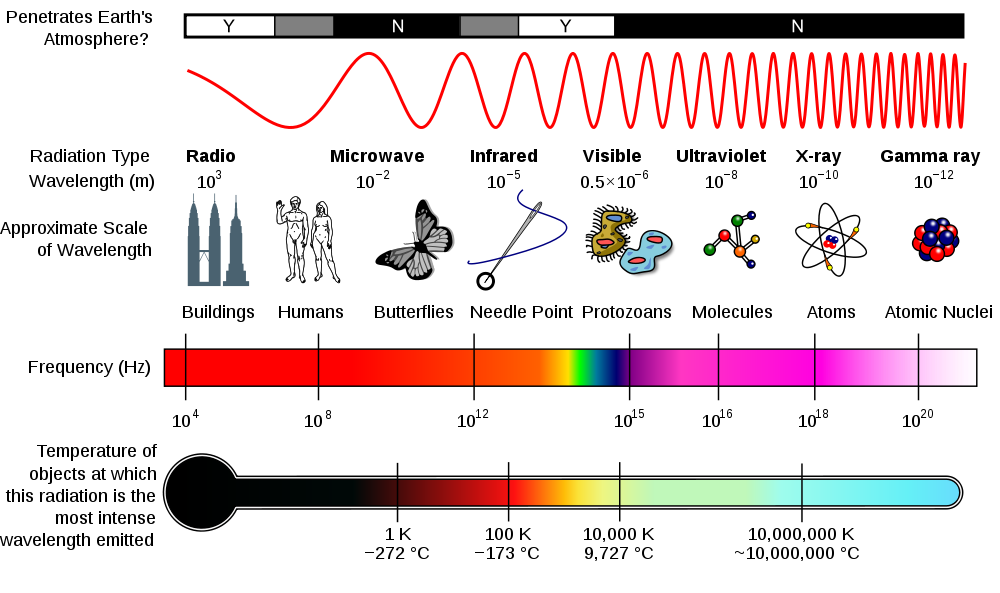2 Difference Between Microwave And Radio Frequency
Microwaves and Radio frequency (RF) are forms of electromagnetic energy, but different in operating frequency and wavelength.Both are allocated specific bands of operation by international governments. In the USA, these are monitored and controlled by the Federal Communication Commission or FCC.
Industrial radio frequencies operate between approximately 7 and 41 MHz with wavelengths of about 141 to 24 feet (43 to 7.3 meters).
In comparison, units designed and built by Jinan Talin Tech Co., Ltd. use frequencies of 915 and 2450 MHz with corresponding wavelengths of 13 and 5 inches (33 and 12 cm). Generally speaking, the efficiency of power utilization is far lower in an RF generator than a microwave unit, although the initial capital cost per kW of power output is higher.
Selection of RF or microwave heating will depend on product physical properties and required process conditions for a particular application. Where penetration depth in excess of 2 inches (5 cm) is required and control of uniformity of heating is not a major issue, radio frequency offers a good solution.
However, where uniformity of drying and moisture control is essential, an Talin microwave dryer is the obvious answer.


